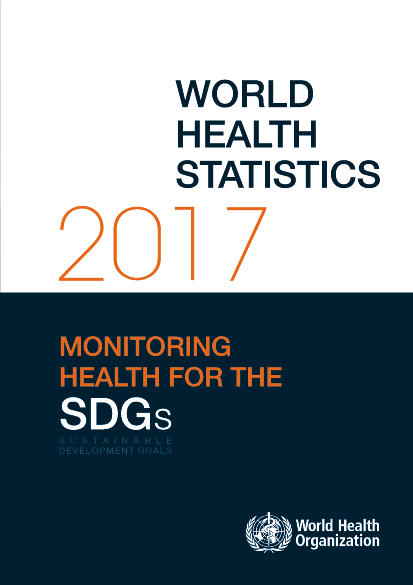
The World Health Statistics, one of WHO’s annual flagship publications, compiles data from the organization’s 194 Member States on 21 health-related SDG targets, providing a snapshot of both gains and threats to the health of the world’s people. While the quality of health data has improved significantly in recent years, many countries still do not routinely collect high-quality data to monitor health-related SDG indicators.
The report includes new data on progress towards universal health coverage. Those data show that globally, ten measures of essential health service coverage have improved since 2000. Coverage of treatment for HIV and bed nets to prevent malaria have increased the most, from very low levels in 2000. Steady increases have also been seen in access to antenatal care and improved sanitation, while gains in routine child immunization coverage from 2000 to 2010 slowed somewhat between 2010 and 2015.
Access to services is just one dimension of universal health coverage; how much people pay out of their own pockets for those services is the other. The most recent data from 117 countries show that an average of 9.3% of people in each country spend more than 10% of their household budget on health care, a level of spending that is likely to expose a household to financial hardship.